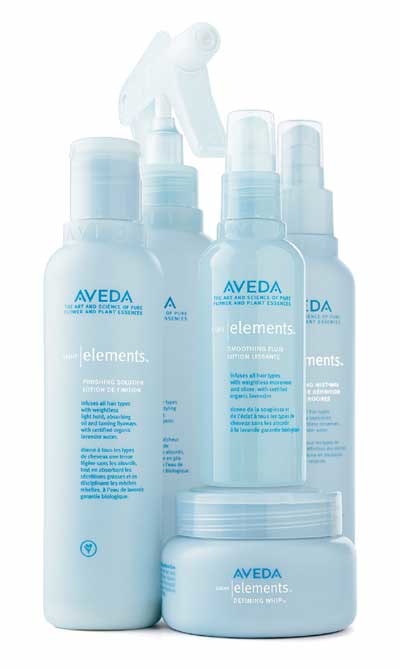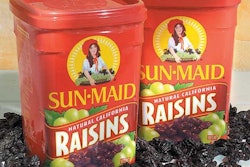
If a packaged goods company wants a soon-to-be-launched product line in all “white” packaging, how does that company make sure it gets the white it wants? And if that line of products comprises packaging parts made of more than one resin, how does the firm make sure the bottle doesn’t look ivory white while the closure in a different material looks more cream white?
At New York-based Esteé Lauder Companies, much of the guesswork about a package’s color has been eliminated since the firm began working directly with colorant suppliers. A color direction is given to one source who manages all the variables. One such source is Clariant Masterbatches. Included in the services that Clariant provides is the ColorWorks™ Design and Technology Center, a collaborative meeting place for designers, specifiers, marketing specialists, and brand managers to quickly develop color and technical solutions for new products and packages. Working directly with a colorant supplier has helped Esteé Lauder transform color concepts into precise formulations quickly.
“The ColorWorks Center allows us to see a lot of color alternatives at one time, in swatch, bottle, or color chip format, and select the color direction we want,” says Gary Korba, vice president creative global packaging at Esteé Lauder Companies. “As you’d expect, it’s largely an aesthetic exercise at the outset. But once we identify the color we want, it gets more technical as we try to match the same color in HDPE, PP, ABS, PET and Surlyn. And to complicate matters further, how do you manage color consistency over multiple operations in multiple countries? Clariant has been helpful in coordinating the process.” The existence of Clariant ColorWorks Centers in Europe and Asia is no doubt helpful when it comes to managing color globally.
A key benefit gained is speed to market with color control when a new product is being launched, says Korba.
“What we used to do is take a Pantone color and give it to the individual supplier that was going to mold the bottle, cap, spray pump, whatever,” says Korba. “The molder would work with their own colorant supplier and come back to us with the parts, and then we’d look at all the parts and make recommendations about where color needed to be changed. It was a process that involved too much time, too many people, and too many changes”
The new approach
That was then. Now the color selected by the various design groups of the Esteé Lauder Companies goes to the colorant supplier instead of directly to the molder. Information to start the project consists of how many resins will be involved, the resin number, and who the molders will be. Armed with this, a color formulation is developed that is best suited for all the resins involved. Submissions to Esteé Lauder are made in bottle and chip form. If the colors are on target, they’re okayed, at which point a masterbatch sample (pigment, additives, and resin) along with instructions on which masterbatch-to-resin ratio should be used is sent to each commercial molder. The molder makes sample parts and sends them to Esteé Lauder for final okay.
“It’s a greatly streamlined process that gets us to the desired color quicker,” says Korba. “In some cases it has shaved up to four weeks from the time it takes to complete a launch.”
Among the Esteé Lauder Companies brands to benefit in a special way from this process are Aveda, MAC, Clinique, and BeautyBank. At Aveda, packaging is developed with environmental considerations foremost in mind, so the expanded use of recycled post-consumer resin (PCR) in Aveda containers is always a key objective. Controlling color consistency when PCR is involved, says John Delfausse, vice president of package development at Aveda, is inherently more difficult than when only virgin resin is used. It was bad enough when the PCR layer was always buried in the middle of a coextruded structure. But lately, in its quest to incorporate ever higher percentages of PCR in its packaging, Aveda is now beginning to include some PCR in the outer layer of its coextruded bottles. Maintaining color consistency under those circumstances is even more difficult than when the PCR is buried in a coextrusion.
“It’s more complicated because with PCR you might get some grey-tinted or greenish colors in the resin,” says Delfausse. “It helps that Clariant is able to coextrude samples for us just like a commercial blow molder would. So we actually see what a container, not just a color chip, looks like. A color chip only goes so far.”
“What it comes down to,” says Korba in summarizing “is that we now manage the color-matching process earlier in the product-to-market cycle. In fact some times we start right from the product concept stage.”

























